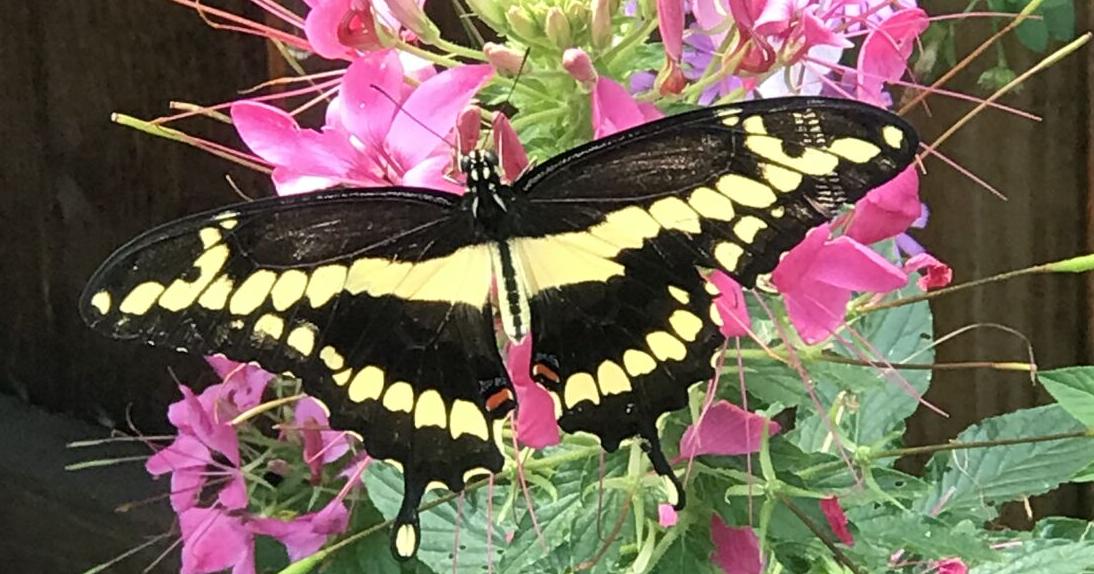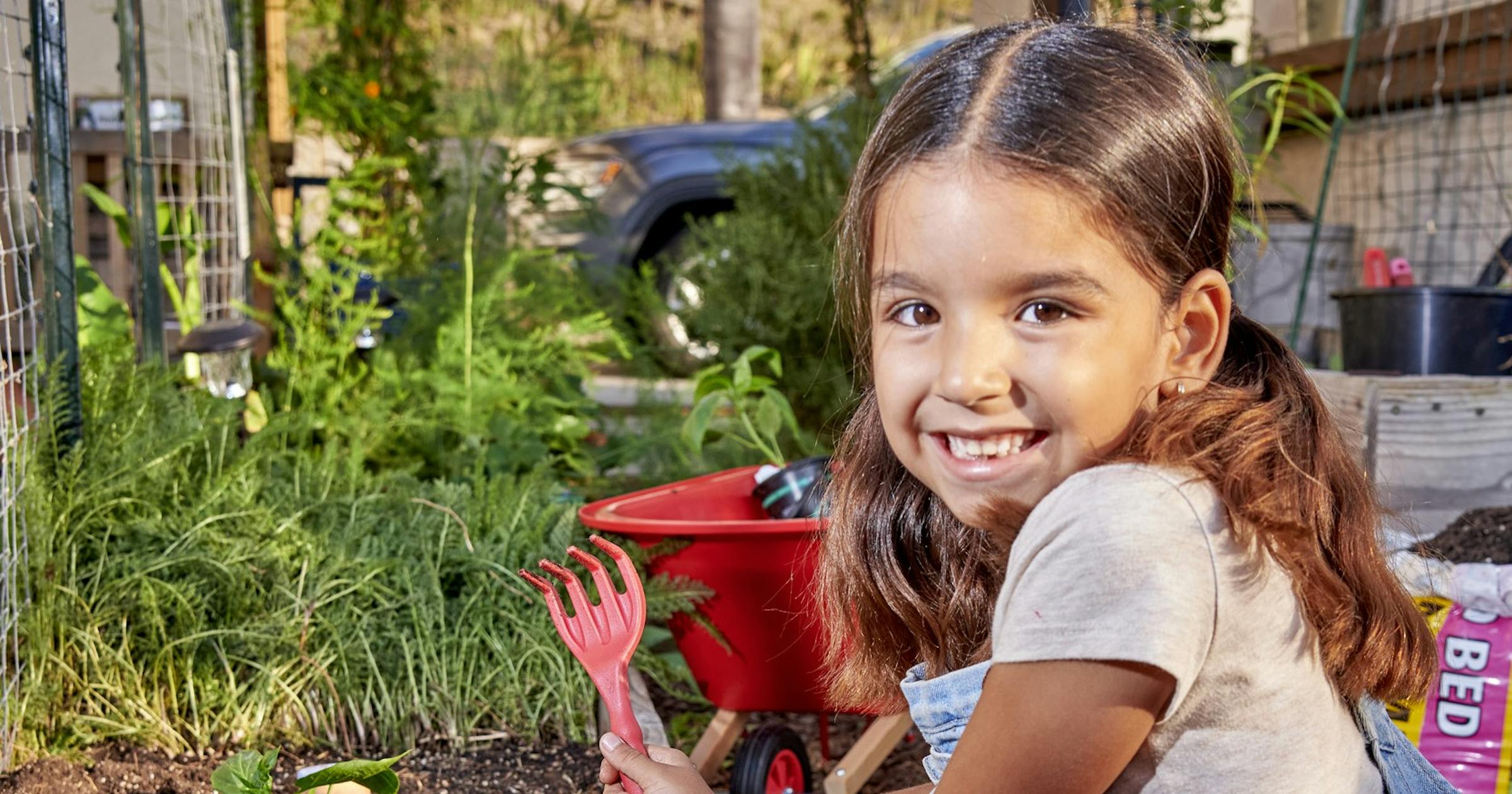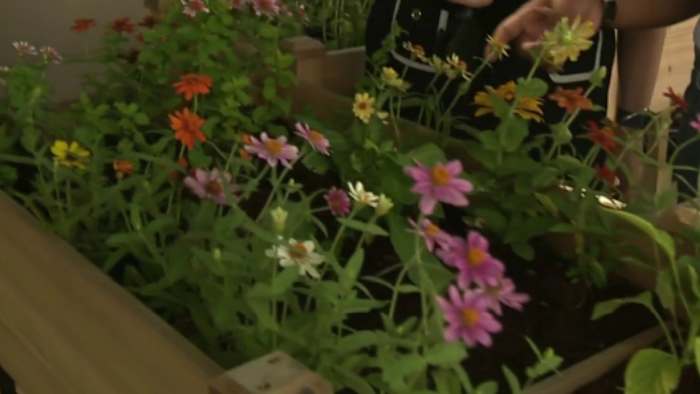Gardeners know — and research is proving — that gardening, even viewing one, as well as spending time in nature is good for the mind, body and spirit. It improves strength and flexibility, lowers blood pressure and elevates our moods.
This is also true for the youngsters in our lives. Recent studies found that school-aged children who participate in outdoor activities have better vision than those who spend most of their time indoors. Children who engage in nature and gardening are more focused, score better on exams and are less likely to develop or exhibit symptoms of attention-deficit/hyperactivity disorder. And kids who play outside and get a bit dirty also have stronger immune systems.
Help get the kids in your life involved in gardening. There are a variety of ways to get youngsters involved no matter how much space or time you have.
Consider giving each child their own garden space or a container garden to design, plant and tend. Containers are a great option when planting space and time are limited. And just about anything can be grown in a pot. An old 5-gallon bucket or washtub with holes drilled into the bottom, recycled nursery pots or a colorful raised planter make great gardens.
Provide them with some kid-sized tools and equipment. The tools’ smaller scale will be easier for them to handle and having their own tools that match yours makes gardening even more special. Consider investing in a set of kids’ gardening tools including hand tools, long-handled tools and even a wheelbarrow like those at Corona Tools USA.
Keep in mind the goal is for kids to have fun and develop an interest in gardening. Provide some guidance but be prepared to let them experiment and learn from their failures as well as successes.
Kids like to water even at an early age. The biggest challenge is getting the water to the plant but that will come with time, practice and a few water-soaked outfits. Your efforts will be rewarded when your child takes over watering your container gardens.
You may notice kids often find bugs and worms more interesting than plants. Use this as a gateway into gardening. Get kids involved in worm composting or hunting for earthworms in the compost pile. They will have fun on the worm hunt while helping you turn your compost pile.
Include lots of color in the garden and containers. Michigan State University surveyed kids before creating their children’s garden. They found kids were much more excited and likely to participate when a garden is filled with color.
And as the flowers are maturing and your family is overrun with vegetables, consider sharing the harvest and a few bouquets of flowers. Giving helps children grow into caring, well-rounded adults. And food pantries in your community are always in need of fresh produce.
Be sure to end the growing season with a harvest party. Use your homegrown produce to prepare a picnic or fancy dinner for family and friends. Then use some of those beautiful flowers you grew to decorate the table.
Melinda Myers has written more than 20 gardening books, including “The Midwest Gardener’s Handbook” and “Small Space Gardening.” She hosts the Great Courses’ “How to Grow Anything” DVD series and the syndicated “Melinda’s Garden Moment” program on TV and radio.









